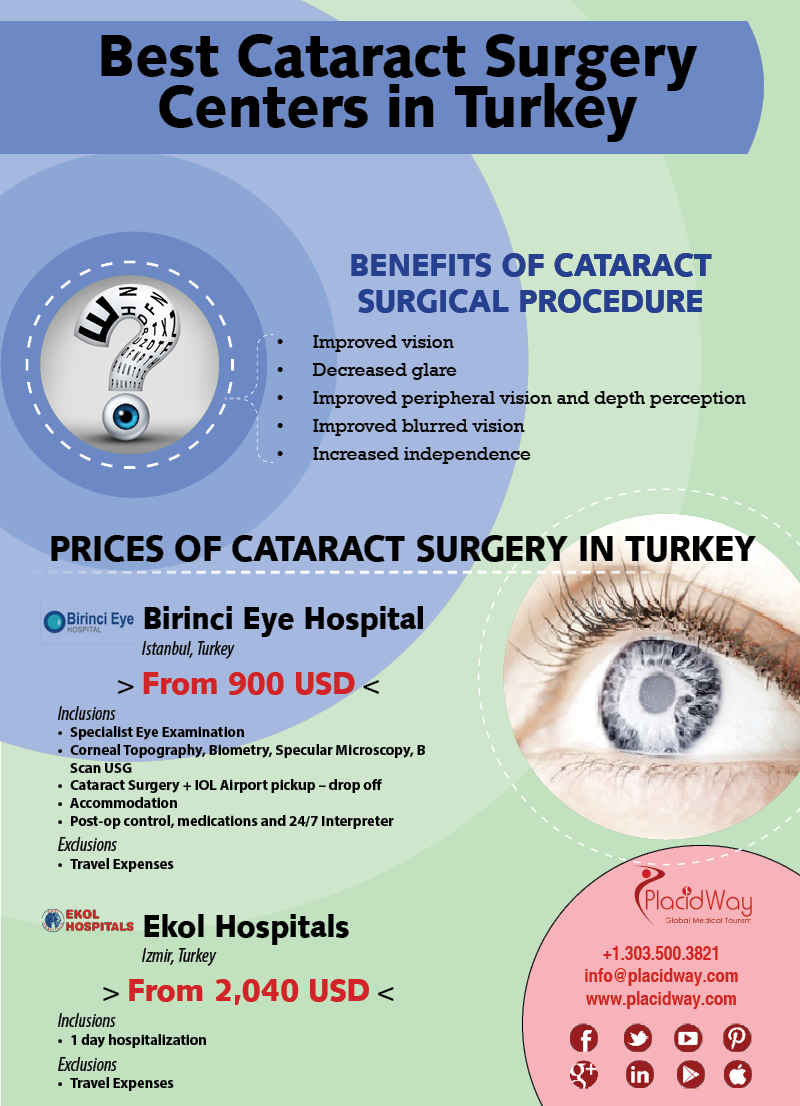The Development Of Advanced Cataract Surgical Treatment Techniques: A Thorough Overview
The Development Of Advanced Cataract Surgical Treatment Techniques: A Thorough Overview
Blog Article
Author-Brask Serrano
As you explore the development of advanced cataract surgical procedure techniques, you'll witness a trip marked by ingenuity and precision. From old methodologies that paved the way for modern-day innovations to innovative modern technologies that are transforming the area, the comprehensive review of cataract surgery techniques is a testament to human progress and dedication to enhancing client end results. The complex interaction between historic strategies and futuristic advancements creates an interesting narrative that clarifies the development of one of one of the most usual procedures worldwide.
Historic Techniques and Advancements
Discover exactly how early doctors reinvented cataract treatment by utilizing innovative methods and tools. In the past, cataract surgical procedure was a dangerous and uncomfortable treatment. However, ancient Indian physicians were among the first to attempt medical treatments for cataracts, making use of a technique called 'formulating' where a sharp tool was made use of to press the cataract back into the eye. This method, though crude by today's standards, laid the groundwork for future advancements in cataract surgical procedure.
As time proceeded, Arab doctors made substantial contributions by establishing specialized needles for cataract extraction. These needles were utilized to puncture the cataract and then extract it from the eye, marking a substantial enhancement in surgical accuracy.
Later, in the 18th century, the French cosmetic surgeon Jacques Daviel pioneered the method of extracapsular cataract extraction, where the whole lens was gotten rid of undamaged through a bigger incision. This marked a major improvement in cataract surgery techniques, paving the way for the modern treatments we make use of today.
Modern Surgical Approaches
Early techniques in cataract surgical procedure have advanced substantially, leading to the growth of modern surgical strategies that prioritize accuracy and enhanced person outcomes. Modern cataract surgical treatment currently frequently involves a treatment called phacoemulsification, where an ultrasonic device separate the cataract for removal with a tiny cut. This strategy enables quicker healing and lowers the threat of complications compared to older methods.
In addition, using innovative intraocular lenses (IOLs) has changed cataract surgical procedure results. These lenses can correct not just the cataract yet also other refractive errors like astigmatism, minimizing the demand for glasses post-surgery.
Surgeons today additionally have accessibility to sophisticated imaging innovations that aid in specific preoperative planning and intraoperative decision-making. Optical coherence tomography (OCT) and other imaging techniques provide detailed photos of the eye's structures, allowing for an extra personalized approach to each client's surgery. With these developments, modern cataract surgical treatment techniques remain to boost, providing patients more secure procedures and much better visual results.
Arising Technologies in Cataract Surgery
With improvements in technology revolutionizing the area, cataract surgical treatment is seeing the combination of innovative strategies for boosted individual outcomes. Emerging modern technologies in cataract surgical treatment are improving the landscape of ocular treatments. One such innovation is femtosecond laser technology, which permits accurate corneal lacerations, capsulotomies, and lens fragmentation, leading to enhanced surgical accuracy and end results.
Furthermore, intraoperative aberrometry is obtaining appeal, making it possible for real-time dimensions of refractive errors throughout surgery to enhance intraocular lens power computations and minimize postoperative refractive shocks.
Additionally, making use of innovative imaging modern technologies like optical comprehensibility tomography (OCT) and intraoperative wavefront aberrometry help doctors in accurate surgical planning and execution. These devices give detailed physiological information and assistance tailor medical techniques for each person's special eye attributes.
Moreover, advancements in artificial intelligence are being explored to aid in preoperative planning, intraoperative decision-making, and postoperative treatment, potentially maximizing medical results and person contentment. Embracing these arising innovations in cataract surgical treatment holds guarantee for more enhancing client outcomes and making certain the continued evolution of sensory medical strategies.
https://jeffreyqgxnd.smblogsites.com/29245055/formulate-a-regular-devoted-to-completely-dry-eye-alleviation-integrating-reliable-daily-techniques-that-can-substantially-improve-your-eye-convenience
As you trip with the history of cataract surgery, you witness the change from old techniques to sophisticated modern technologies. Like a phoenix rising from the ashes, cataract surgical treatment has actually progressed right into a sign of hope and advancement.
Equally as https://www.npr.org/templates/story/story.php?storyId=90070220 emerges from its cocoon as a gorgeous butterfly, cataract surgery has actually developed into a polished art kind, offering individuals clearer vision and a brighter future.
The advancement continues, radiating a light on endless opportunities.
